It’s going to be a very long day! The Strait of Messina is the plan! Bucket list! Let see how it goes! The wind was, as usual, not in our favor. Besides that, the current was also not as you want it to be. But we had to motor in the Strait anyways. So we decided to go. But man it was quite rough at some times. We set sail transitting south going north.
First thing which we saw were lot of kitesurfers at Pellaro. The main features of this area are the mild temperatures all year round. The minimumtemperature hardly falls below 10 Celsius degrees and the maximum almost never goes below 15. The wind is greater than 60/70%, but, above all, not concentrated in one period, but possible all year. Good wind predictability even a week before. That makes this place a very popular spot!
Don’t forget to call the VTS radio to advise of your entry. We had to call back again when we were further north. That is what we did of course. We saw no other sailboats we only saw a French war ship and some cargo ships passing up and down. The current was quite strong but at some point turned and that’s what you want! All went smooth due to all the warnings of currents and winds! When you come to narrowest point you just have to keep sailing north.
We kept on sailing till we reached the Aeolian Islands around 23.00 and dropped anchor at Vulcano Island. An anchorage called Punta Bandiera. It has been a long day. We had seen so much. Had encountered so many things. It was a good day!
The Strait of Messina
The Strait of Messina (Italian: Stretto di Messina) is a narrow strait between the eastern tip of Sicily (Punta del Faro) and the western tip of Calabria (Punta Pezzo) in the south of Italy. It connects the Tyrrhenian Sea to the north with the Ionian Sea to the south, within the central Mediterranean. At its narrowest point, between Torre Faro and Villa San Giovanni, it is 3.1 km (1.9 mi) wide. At the town of Messinait is 5.1 km (3.2 mi) wide. The strait’s maximum depth is about 250 m (820 ft). The Strait has a reputation for its whirlpools, strong currents and internal waves. Throughout history the Strait has received a lot of attention because of its dangerous waters. In Greek mythology, a six-headed monster named Scylla lived on the Italian Peninsula and would pull sailors up and devour them if they came within her grasp, while an all-consuming whirlpool called Charybdis, on the Sicilian side, would suck passersby to their deaths. In Homer’s Odyssey, Odysseus and his crew confronted the two monsters while navigating through the Strait. Emphasizing the dangers of the narrow Strait – 32 kilometres long and from 3 to 16 kilometres wide – it was only possible to avoid one of the monsters by sailing closely to the other. Odysseus navigated his ship through safely, but Scylla managed to catch and devour six of his men. Messina and Reggio di Calabria were both founded in the late 8th Century B.C. by the Greeks. Because of their strategic port locations, both cities have suffered numerous foreign invasions. The area was also hit by two major earthquakes in 1783 and 1908; the latter nearly destroyed the entire city of Messina.
Swordfish!
In this very narrow stretch of water that separates Sicily from the mainland, the most popular fish is the swordfish. Every year between the months of May and August they travel in pairs from distant polar regions to mate. The male will not leave his mate’s side – putting his own life in danger. In that part you can see the swordfish fishermen doing their work. The spotter drives the boat from the top of the antenna and gives directions to the harpooner. The local fishermen use the fact that the large fish travel in pairs when on the hunt for swordfish. Once a couple is spotted the fishermen usually target the female first as it is the larger of the two – using their love as a way to reel them in. The fishermen know that once the female has been harpooned, the male will do everything he can to free her. He will not leave the scene without her. As result, he becomes a very easy target. The female, on the other hand, disappears at the first sign of danger. The boats used for this type of fishing are called ‘Passerella’ or ‘Feluca.’ Extending 45 metres out from the front of the boat is a long, light iron bridge. Here, the harpooner takes his position far away from the noise of the boat engine. Once harpooned, the fish is given a lot of line and, with it, a temporary illusion of freedom. It quickly dives into deep waters and after a while, weakened from the struggle and loss of blood, it is hauled onto the boat. Swordfish are vigorous, powerful fighters, and when harpooned they become dangerous with their swords. It takes the entire crew to haul the fish and the first thing when in the boat is to cover its eyes to calm it down. A typical catch on a good day could be around 20 swordfish. It is not infrequent however that the fishermen’s efforts go unrewarded. The hunt begins with the spotters, whose job is to identify the presence of the swordfish and to inform the harpooner.
This is a great film of swordfishing made by Docsonline!


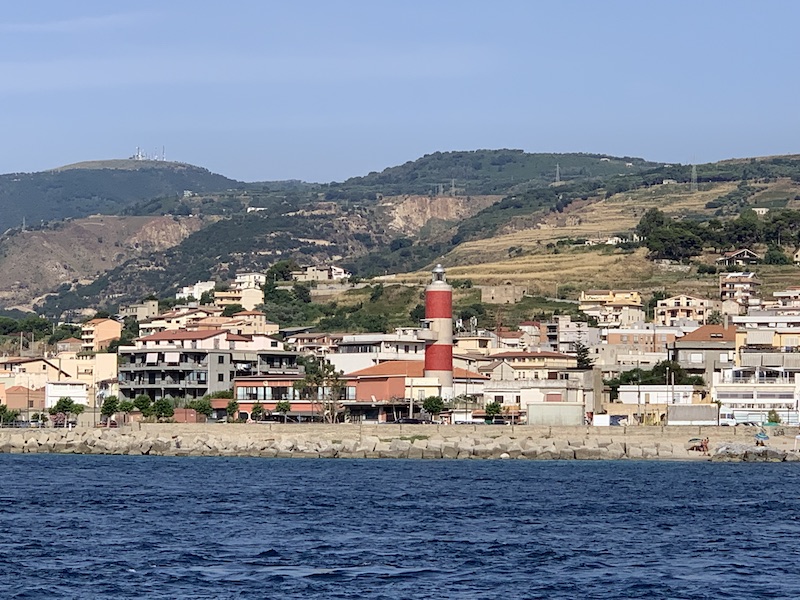
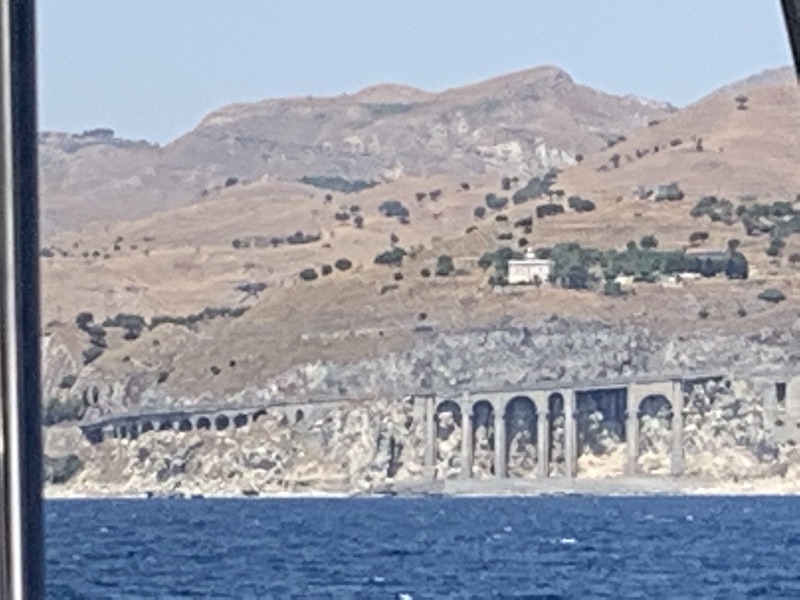
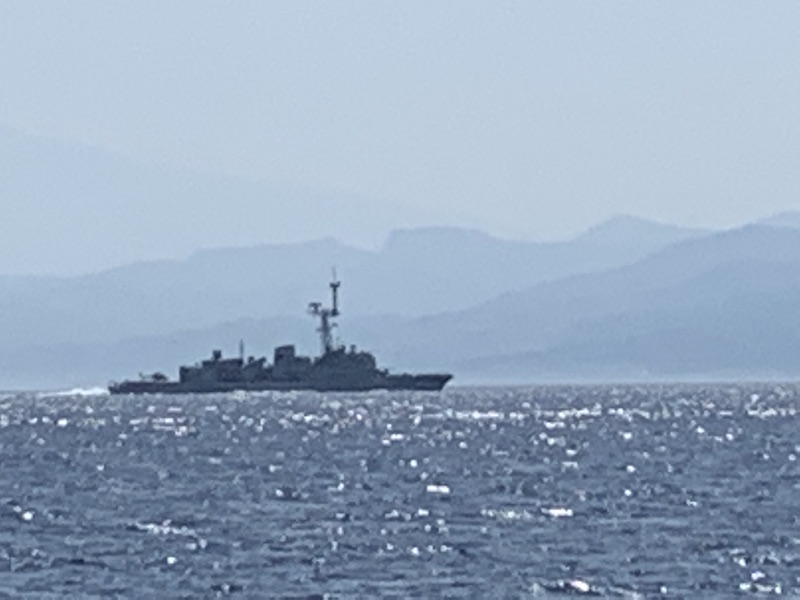

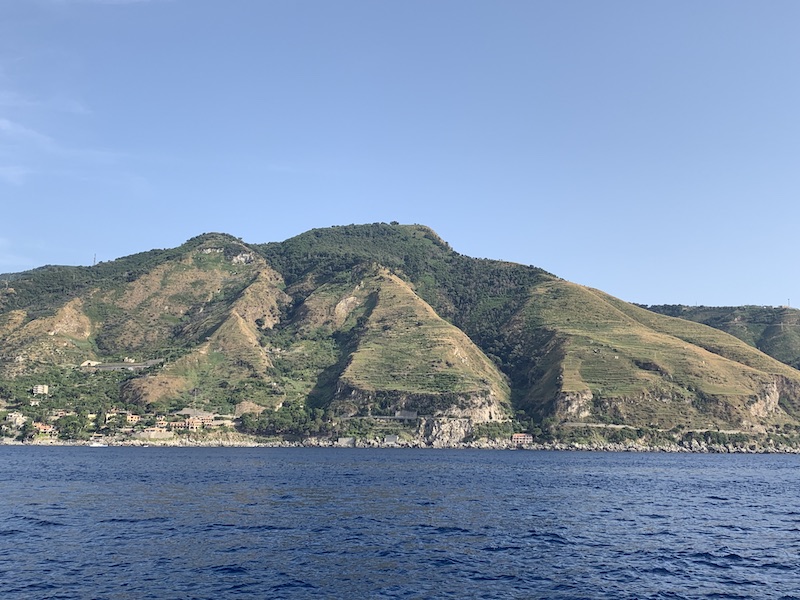
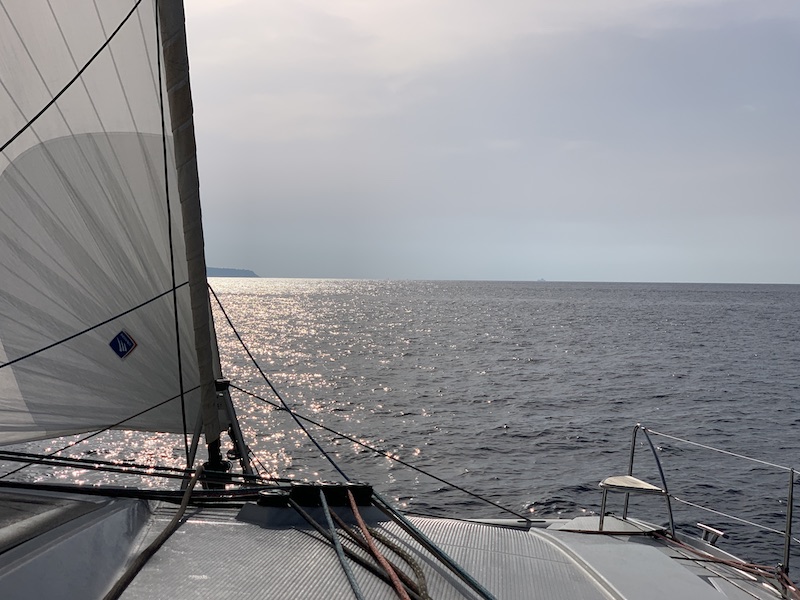
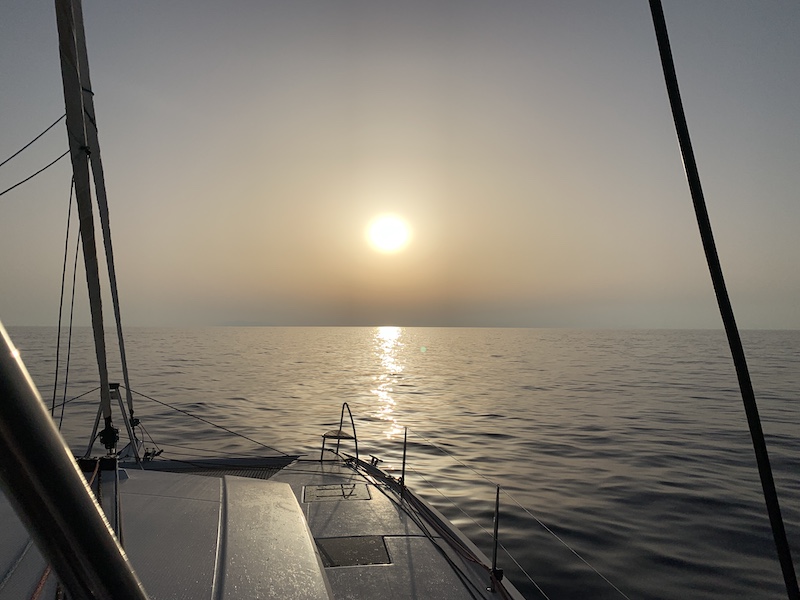
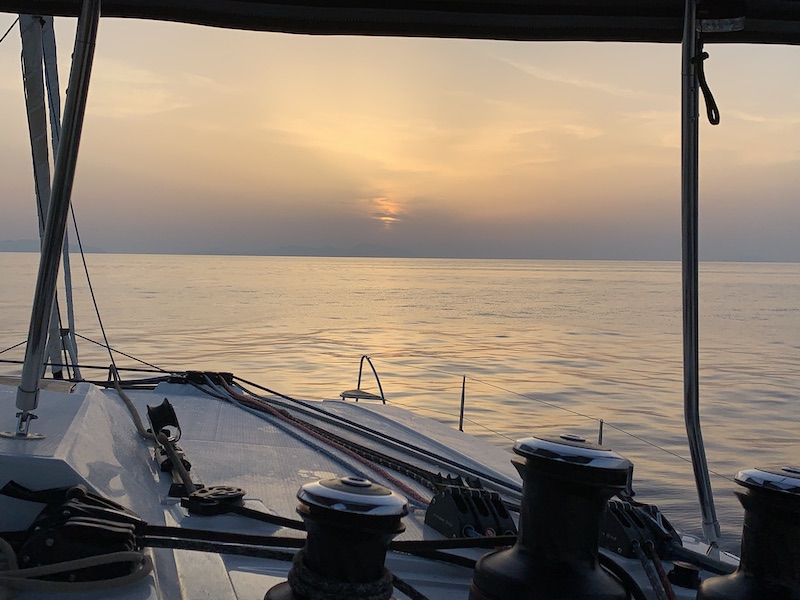
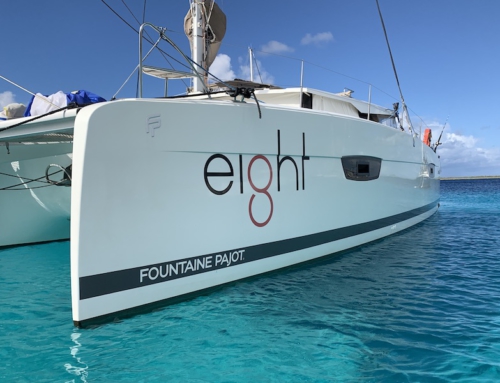
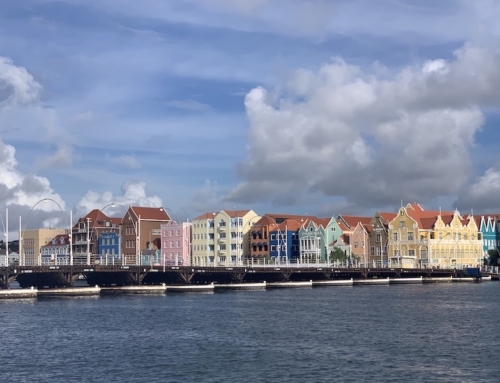
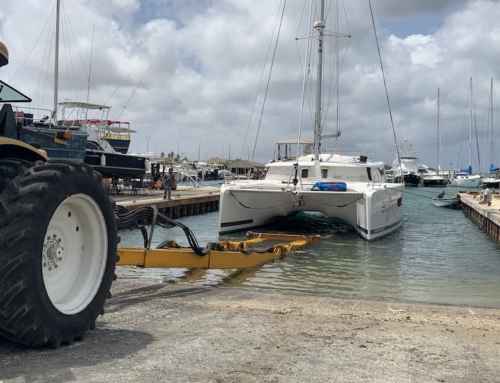
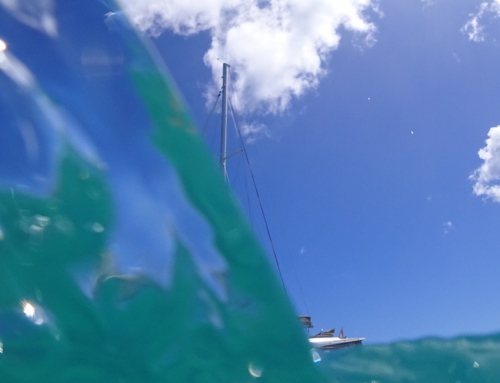
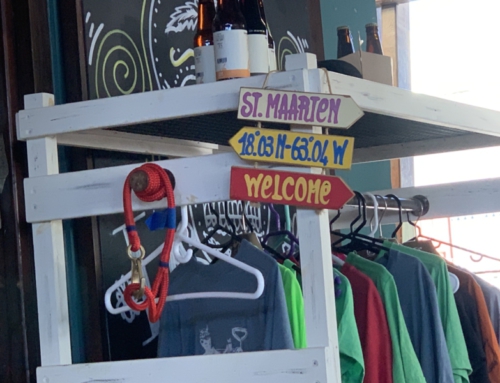
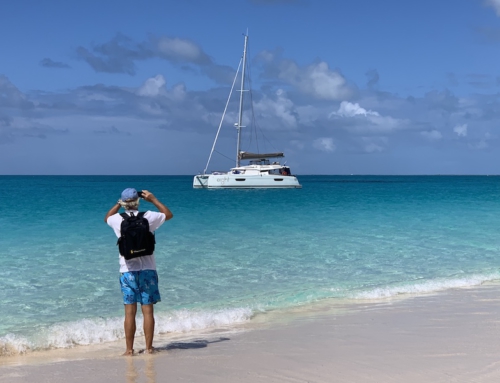
Leave A Comment